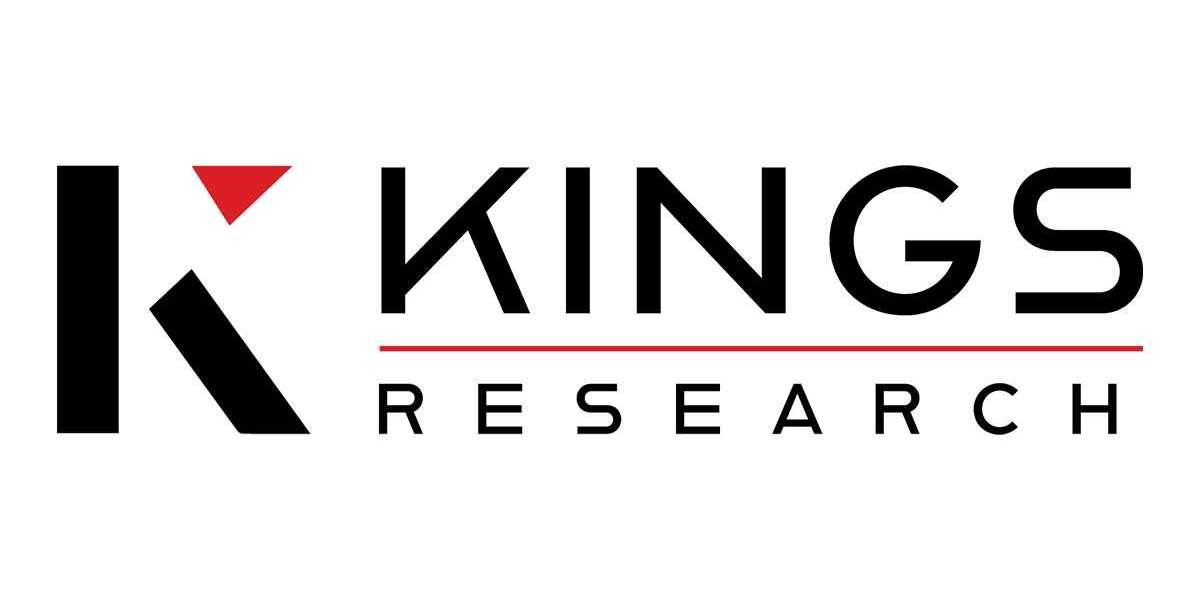The global human-centric lighting market is on a remarkable growth trajectory, projected to surge from USD 3.62 billion in 2022 to an impressive USD 15.57 billion by 2030, exhibiting a compound annual growth rate (CAGR) of 23.10%. This robust expansion reflects the increasing adoption of LED lighting systems and the rising awareness of the impact of lighting on human circadian rhythms.
Market Overview
Human-centric lighting (HCL) focuses on enhancing well-being and productivity by aligning artificial lighting with the natural human circadian rhythm. This innovative approach to lighting design is revolutionizing various sectors, including residential, commercial, and industrial spaces. By mimicking natural daylight patterns, HCL improves concentration, mood, and overall health, thereby creating more productive and comfortable environments.
Key Market Drivers
- Technological Advancements: The advent of smart lighting systems and tunable LEDs has made HCL more accessible and customizable, allowing businesses to tailor lighting solutions to individual needs.
- Energy Efficiency: LED lighting systems are significantly more energy-efficient than traditional lighting solutions. The widespread adoption of LEDs is projected to save substantial CO2 emissions, contributing to global sustainability efforts.
- Health and Well-being: Increasing awareness of the effects of lighting on human health has driven demand for HCL systems that support circadian rhythms, thereby enhancing alertness, focus, and overall well-being.
- Commercial Benefits: Businesses are recognizing the potential of HCL to boost productivity and employee satisfaction. By creating optimal lighting conditions, companies can foster a healthier work environment, leading to higher retention rates and improved performance.
Market Segmentation
- By Type: The market is segmented into hardware, software, and services. The hardware segment, including tunable white lighting and smart control options, dominated the market in 2022.
- By Installation: Segmentation includes new installations and retrofits. New installations held the largest market share in 2022, driven by construction activities and the rise of green buildings.
- By Application: The market serves residential, commercial, and industrial applications. The commercial segment is expected to witness significant growth due to its ability to enhance productivity and well-being in office spaces, retail stores, healthcare facilities, and hospitality venues.
Regional Insights
- North America: The largest market in 2022, driven by high living standards and the presence of key industry players like Legrand and OSRAM.
- Asia Pacific: Forecasted to be the fastest-growing region from 2023 to 2030, propelled by rapid urbanization and increasing investments in smart city projects.
- Europe: Significant growth due to the rising demand for energy-efficient lighting solutions and advanced lighting technologies in countries like Germany, France, and the UK.
Competitive Landscape
The human-centric lighting market is highly competitive, with major players focusing on strategic initiatives such as partnerships, mergers and acquisitions, and product innovations. Prominent companies in the market include:
- Glamox
- Siemens
- Lutron Electronics Co., Inc.
- Hubbell
- SGH Company
- Lumileds Holding B.V.
- Wipro
- Signify Holding
- Legrand
- OSRAM International GmbH
- ACUITY BRANDS, INC.
These companies are investing heavily in research and development to enhance their product portfolios and expand their market presence. Recent industry developments include Signify's launch of the Interact Space analysis and Lutron's introduction of the Athena wireless processor, both aimed at improving the integration and scalability of smart lighting systems.
Future Outlook
The human-centric lighting market is poised for transformative growth as technological advancements continue to drive innovation and adoption. With the increasing emphasis on sustainability, energy efficiency, and human well-being, HCL is set to become a cornerstone of modern lighting solutions across various sectors. Businesses and consumers alike are expected to benefit from the enhanced lighting experiences and significant energy savings offered by human-centric lighting systems.
For more detailed insights, the full report is available at Kings Research.



